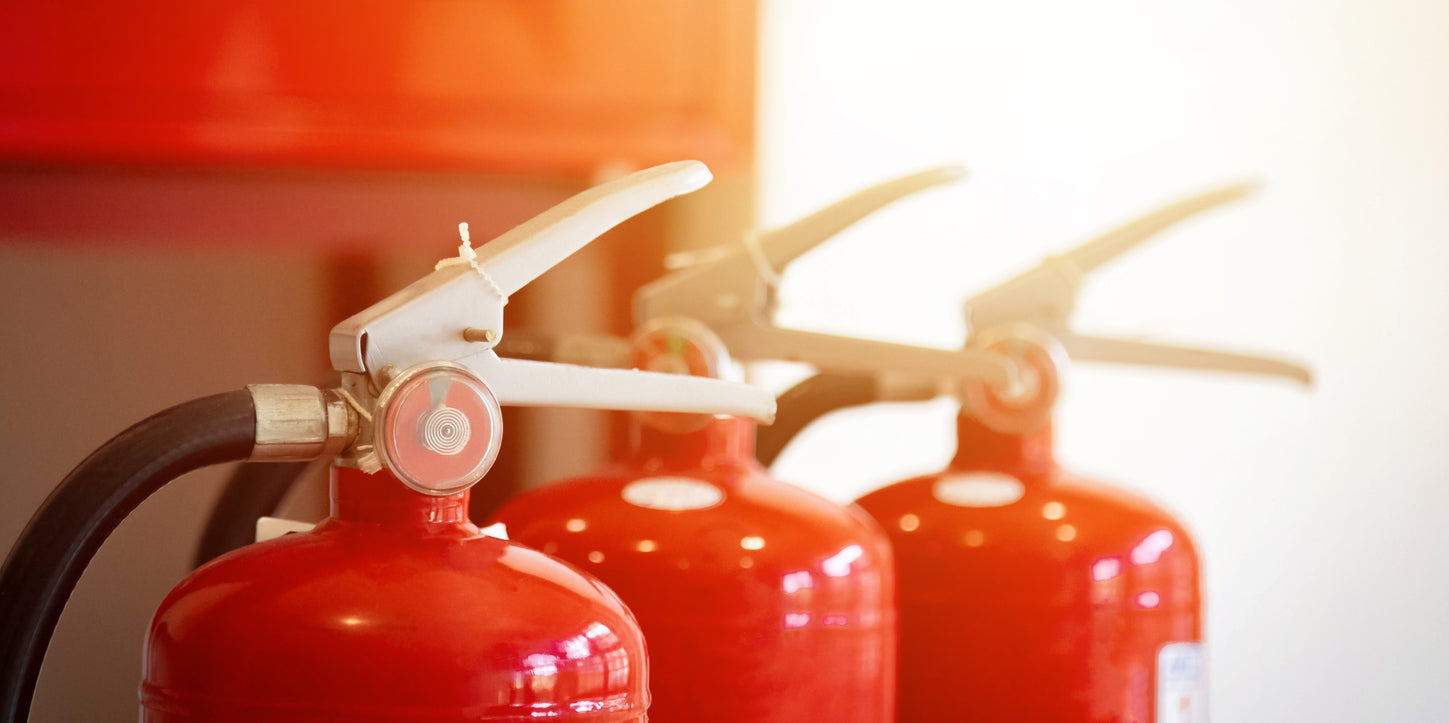Fire safety is a critical aspect of building management and workplace safety. Adhering to standards such as those set by NFPA-10 ensures that fire protection equipment, particularly fire extinguishers, are placed and maintained correctly to mitigate fire risks effectively.
Introduction
Fire incidents can pose significant risks to life and property. To combat these risks, NFPA-10 provides comprehensive guidelines for the selection, placement, and maintenance of fire extinguishers in various settings.
NFPA-10 Overview
NFPA-10, developed by the National Fire Protection Association (NFPA), outlines the standards for portable fire extinguishers. Its primary goal is to establish minimum requirements to ensure portable fire extinguishers are available in adequate quantity and are properly maintained.
Types of Fire Extinguishers
Classification Based on Fire Types
Fire extinguishers are classified based on the types of fires they can effectively extinguish:
- Class A: Ordinary combustibles such as wood or paper.
- Class B: Flammable liquids like gasoline or oil.
- Class C: Energized electrical equipment.
- Class D: Combustible metals.
- Class K: Cooking oils and fats.
Each type of extinguisher is labeled with symbols indicating the classes of fires it can safely extinguish.
Selection Criteria
Choosing the right fire extinguisher involves considering the specific fire hazards present in the environment. For instance, offices might require Class A, B, and C extinguishers, while industrial settings may need Class D extinguishers for metal fires.
Placement Requirements
General Guidelines
NFPA-10 provides general guidelines for the placement of fire extinguishers:
- Fire extinguishers should be easily accessible and visible.
- They must not be obstructed by furniture, equipment, or other objects.
- Mounting brackets should securely hold the extinguisher in place.
Specific Occupancy Requirements
Different occupancy classifications have specific requirements:
- Commercial kitchens typically require Class K extinguishers due to the presence of cooking oils and fats.
- Laboratories might need Class D extinguishers for metal fires from experiments.
Height and Distance Guidelines
Mounting Height Considerations
NFPA-10 specifies mounting heights based on the extinguisher's weight:
- Extinguishers weighing less than 40 pounds should be mounted so the top is not more than 5 feet above the floor.
- Heavier extinguishers may be mounted lower to ensure they can be easily handled during emergencies.
Distance Between Fire Extinguishers
There should be a maximum travel distance to reach the nearest fire extinguisher:
- In most cases, this distance should not exceed 75 feet, ensuring prompt access in case of a fire emergency.
Maintenance and Inspection
Frequency of Inspections
Regular inspections are crucial to ensure fire extinguishers are functional:
- Monthly inspections include checking the pressure gauge and ensuring the extinguisher is in its designated place.
- Annual maintenance by a certified professional involves more detailed checks and servicing as per NFPA-10 guidelines.
Training and Awareness
Importance of Training
Proper training ensures individuals can effectively use fire extinguishers in emergencies:
- Training should cover the types of fires each extinguisher can handle and proper handling techniques.
Employee Responsibilities
Employees should know the location of fire extinguishers and understand:
- When to use an extinguisher and when to evacuate.
- How to operate the extinguisher safely, including aiming at the base of the fire and using the PASS technique (Pull, Aim, Squeeze, Sweep).
Conclusion
Adhering to NFPA-10 guidelines is essential for ensuring effective fire protection measures in any environment. Proper selection, placement, and maintenance of fire extinguishers can significantly reduce the impact of fires, safeguarding lives and property.
FAQs
-
What are the different types of fire extinguishers according to NFPA-10? NFPA-10 classifies fire extinguishers into types A, B, C, D, and K based on the types of fires they can extinguish.
-
How often should fire extinguishers be inspected? Fire extinguishers should undergo monthly inspections and annual maintenance by certified professionals as per NFPA-10 standards.
-
What are the height requirements for mounting fire extinguishers? Fire extinguishers weighing less than 40 pounds should be mounted so the top is not more than 5 feet above the floor, ensuring accessibility.
-
Where should fire extinguishers be placed in a commercial kitchen? Commercial kitchens typically require Class K fire extinguishers, placed within 30 feet of cooking appliances to address fires involving cooking oils and fats.
-
How should employees be trained in using fire extinguishers? Employees should receive training on identifying fire types, using the appropriate extinguisher, and following safety procedures like the PASS technique.

